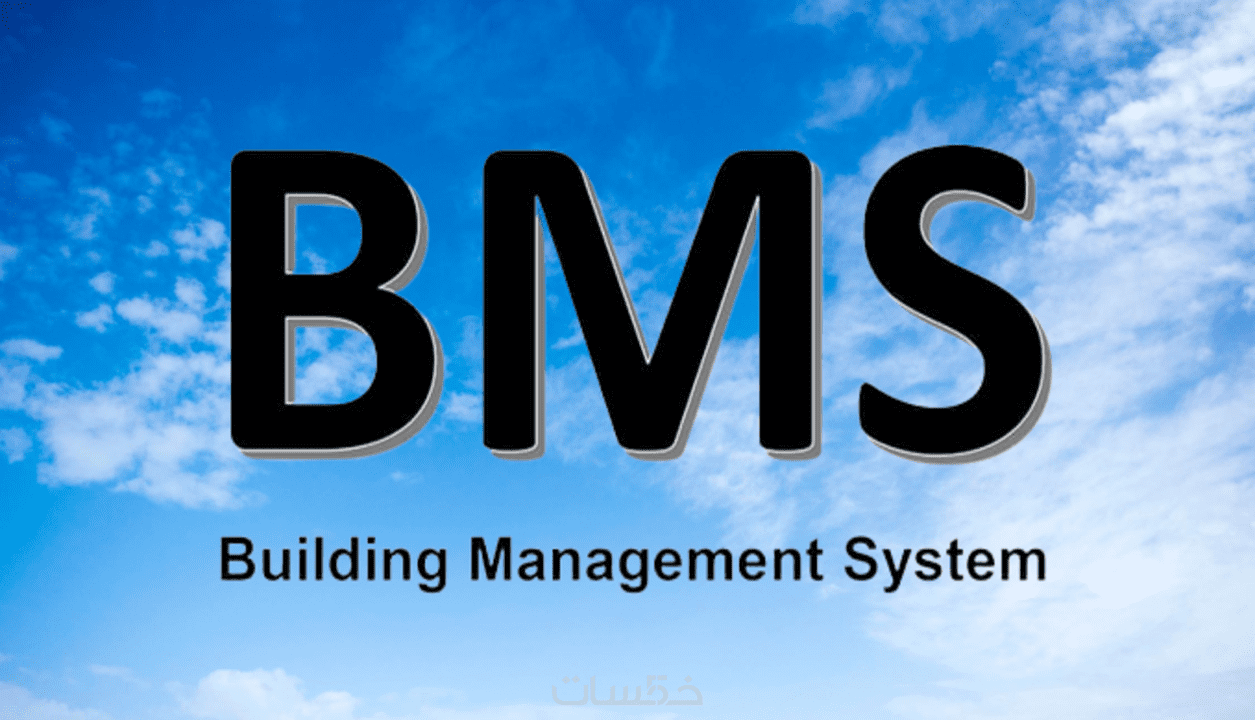BMS Building Management System: What Is It?
What makes it a “smart building”?
It is a system based on computers proposing other basic assets and equipment to each other. It represents all comfort techniques and controls most basic assets, such as air conditioners, lights, electrical and mechanical tools, as well as fire extinguishing systems and other tools in the structure. It makes basic assets, whether electrical or not, convenient for users and increases safety by regulating electrical loads and operation hours for all of them. It also makes basic assets, whether electrical or not, conveniently reachable and controllable for administrators for any reason.
If there isn’t a building management system, what happens?
In addition to a rise in the cost and manpower required to manage and operate the entire building, these faults can happen with the electrical appliances or the building’s basic assets. Also, because the building’s activities cannot be adequately scheduled and controlled, it could result in significant energy use.
It is for a smart building.
The goal of a smart building is to offer practical services that boost user productivity and safety while being economical and environmentally friendly. A smart building prioritizes occupant security and quality of life, optimizes and decreases energy use, and can run on clean energy sources. In addition to physical security measures like fire suppression and alarm systems, these priority also include health security measures like clean air and water.
A smart building’s systems and equipment must be interconnected and able to communicate with one another. For instance, a building chiller can receive weather information from the outside and occupancy information from the inside, only operating when necessary to keep its occupants at the ideal temperature.




